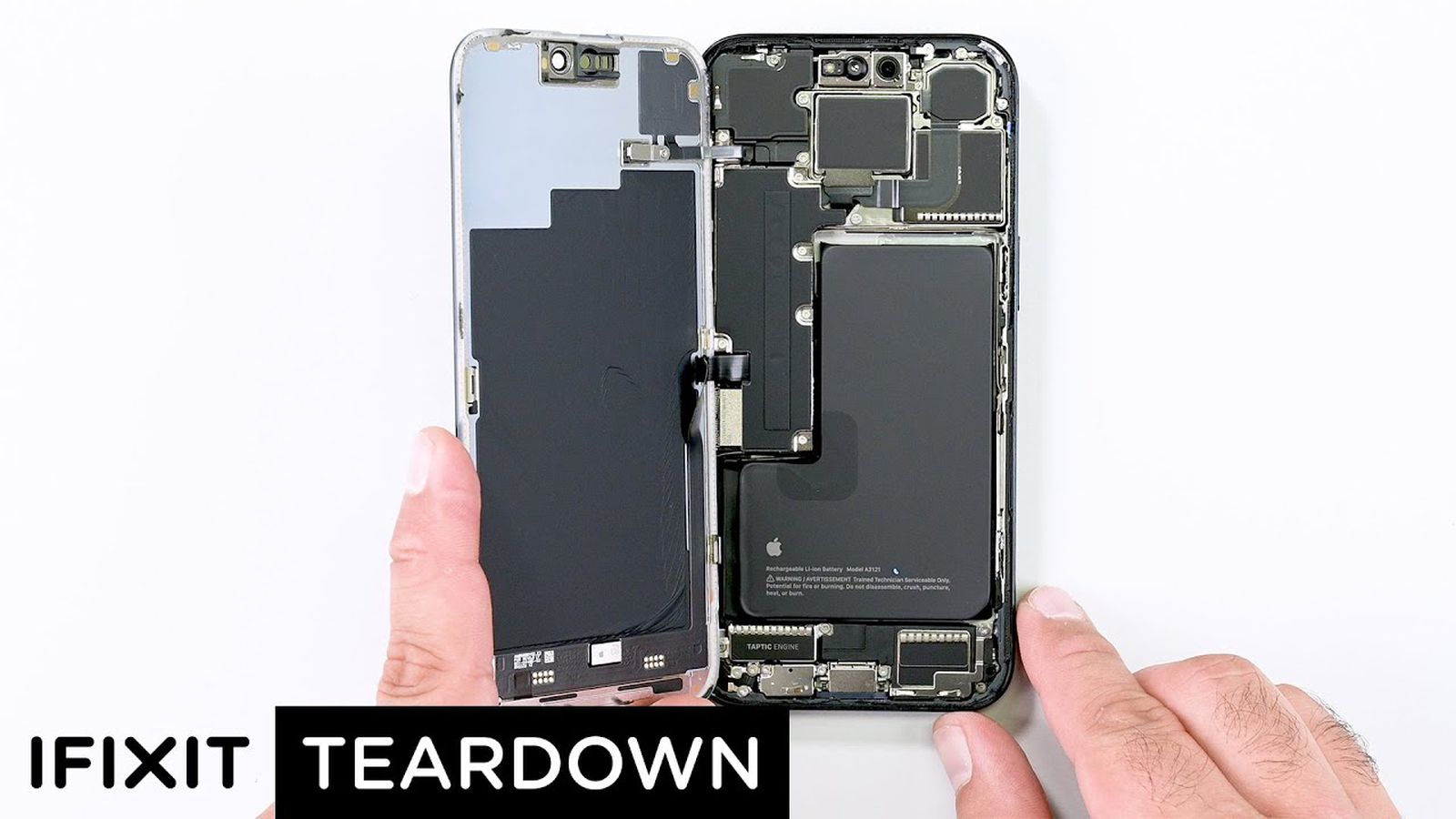Apple is facing significant production issues with the camera sensors and titanium chassis for the iPhone 15 models, which may impact availability, according to analyst Ming-Chi Kuo. Additionally, the iPhone 15 Pro Max is experiencing delays in manufacturing, potentially causing problems for early upgraders.
Apple has updated its repair fees for the iPhone 15 Pro and iPhone 15 Pro Max, offering significantly lower fees for repairing back glass damage compared to the previous models.
The iPhone 16 Pro and iPhone 16 Pro Max will feature a tetraprism lens with up to 5x optical zoom, expanding on the feature introduced in the iPhone 15 Pro Max.
Apple's VP of camera software engineering, Jon McCormack, explains that the iPhone 15 Pro Max's 5x optical zoom is limited compared to the Samsung Galaxy S23 Ultra's 10x zoom because it can be stabilized better and allows for better light management with its lower aperture.
The iPhone 15 Pro features a redesigned internal chassis architecture that makes repairs easier and cheaper, specifically allowing for easier replacement of the back glass.
Some iPhone 15 Pro and iPhone 15 Pro Max devices are being shipped with defects such as color issues, display misalignment, and scratches, prompting users to contact Apple for replacements.
The new iPhone 15 Pro and Pro Max, which feature Grade 5 titanium frames, may not be as durable as advertised, as initial tests suggest they are still susceptible to damage and may even be more prone to scuffs, scratches, and cracks compared to the previous generation.
The iPhone 15 Pro Max has excellent video performance, including stabilization and color, but its drawbacks, such as the gap in the field of view between the main sensor and telephoto lens, leave it in second place overall in DXOMARK's camera review.
The iPhone 15 Pro Max's main camera with its larger sensor and improved exposure provides better fidelity, color, and contrast in photos compared to the iPhone 13 Pro, making it a significant upgrade for photography enthusiasts, especially in low-light scenarios.
